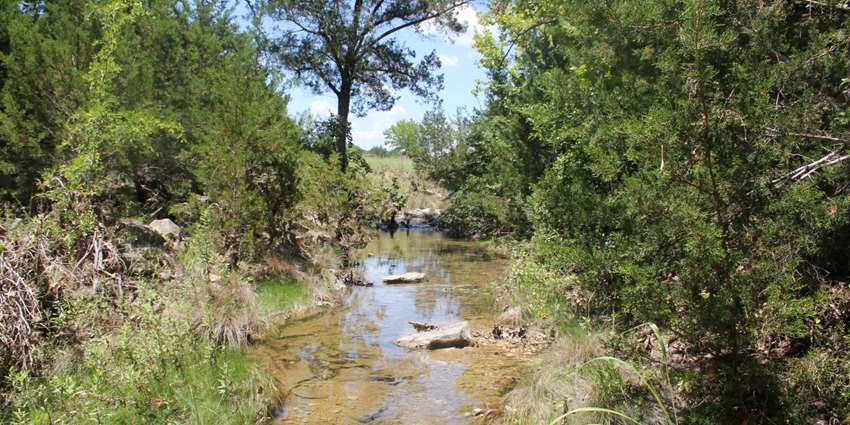The Texas Water Resources Institute’s Texas Riparian and Stream Ecosystem Education Program will host a free workshop from 8 a.m.-4 p.m. Oct. 23 in Lampasas for area residents interested in land and water stewardship in the Lampasas River watershed.
The morning session will be at the Texas Farm Bureau, 1793 N. U.S. Highway 281. The afternoon session will include a walk and presentations along the river.
Clare Entwistle, research associate at the institute’s San Antonio office, said the workshop is co-hosted locally by the Lampasas River Watershed Partnership, the Hill Country Soil and Water Conservation District #534, the Texas A&M AgriLife Extension Service office in Lampasas County and the Texas Water Resources Institute.
Attendees must RSVP by Oct. 18 online, to Entwistle at 210-277-0292 ext.205, or clare.entwistle@ag.tamu.edu.
The program will include a lunchtime presentation. The soil and water conservation district is sponsoring a catered lunch for participants or participants may bring their own lunch.
Lisa Prcin, research associate and Lampasas River Watershed Partnership watershed coordinator at the Texas A&M AgriLife Research and Extension Center in Temple, said the Lampasas River above Stillhouse Hollow Lake was identified for watershed protection plan development due to concerns about elevated levels of bacteria, as reported in the Texas Commission on Environmental Quality’s 2002 Texas Water Quality Inventory. Both Sulphur Creek and North Fork Rocky Creek in the Lampasas River watershed have been identified as having a dissolved oxygen concern.
“The surrounding land mainly supports rural and agricultural uses, but rapid urbanization is occurring in portions of the watershed causing increased concerns to protect the river,” Prcin said. The Lampasas River watershed includes parts of Mills, Hamilton, Lampasas, Coryell, Burnet, Bell and Williamson counties.
“The partnership identified degradation to riparian areas as a concern, which prompted the need for educational programs like this riparian workshop,” she said.
Entwistle said proper management, protection and restoration of these areas directly influences water quality and quantity, plus stabilizes stream banks and improves fish and aquatic habitats and communities.
“The goal of the workshop is for participants to better understand riparian and watershed processes, the benefits of healthy riparian areas and what resources are available to prevent degradation while improving water quality,” she said.
Entwistle said they are able to offer the workshop without cost thanks to program funding provided through a Clean Water Act nonpoint source grant from the Texas State Soil and Water Conservation Board and the U.S. Environmental Protection Agency.
Heath Lusty, AgriLife Extension agent for Lampasas County, said participants will receive a certificate of completion and appropriate continuing education unit certificates at the conclusion of the training.
The workshop offers many types of continuing education units, including three units — two general and one integrated pest management — for Texas Department of Agriculture pesticide license holders. It offers one unit from the Texas Water Resources Institute, seven credits from Texas Floodplain Management Association, seven hours for Certified Crop Advisors, seven hours from the Texas Board of Professional Land Surveying and six hours for Texas Nutrient Management Planning specialists. The program may also be used for continuing education units for professional engineers.
For more information, contact Entwistle or visit the Texas Riparian Association website or Facebook page.



